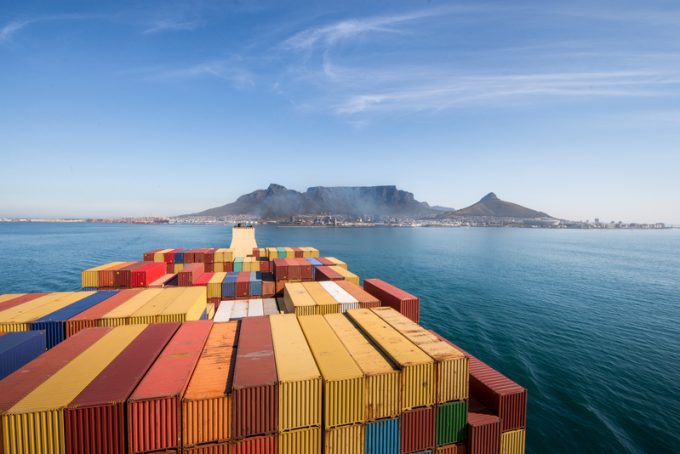Yang Ming launches fleet expansion plan after profits soar
Taiwan’s Yang Ming is bullish about long-haul ocean freight rates as it embarks on fleet ...

Asia-North Europe shippers have adapted their supply chains to the longer transit times around Africa, but now they need freight rates to settle at an acceptable level.
Moreover, container hub ports seem to be coping well with the arrival of off-schedule vessels.
All the major carriers are diverting their Asia-Europe services around the Cape of Good Hope, rather than transiting the Suez Canal, with several temporarily adjusting their proforma networks and providing helpful revised ETAs to customers. CMA CGM were the latest ...
Volcanic disruption at Anchorage could hit transpacific airfreight operations
Macron calls for ‘suspension’ – CMA CGM's $20bn US investment in doubt
Forwarders stay cool as US 'liberation day' tariffs threaten 'global trade war'
Shippers snap up airfreight capacity to US ahead of tariff deadline
De minimis exemption on shipments from China to the US will end in May
Tighter EU import requirements proving 'a challenge' for forwarders
Looming Trump tariffs will create 'a bureaucratic monster' for Customs

Comment on this article